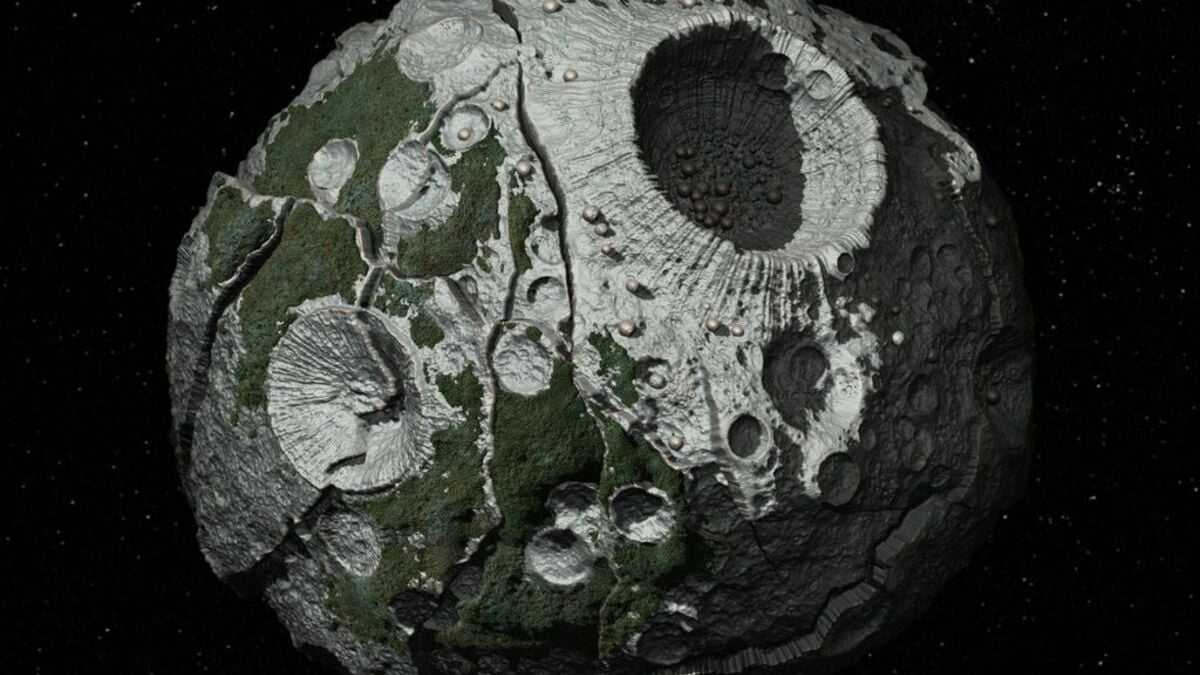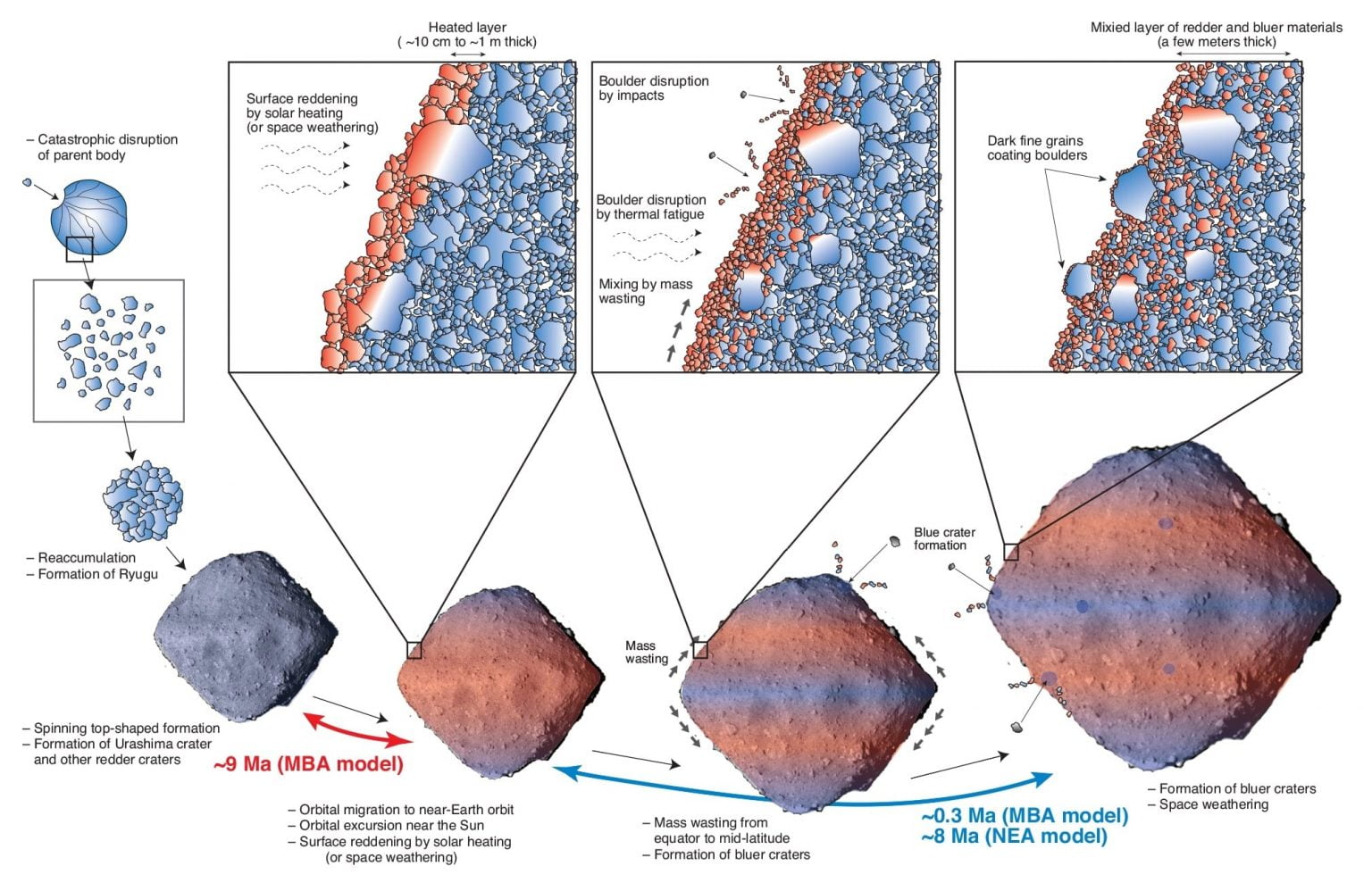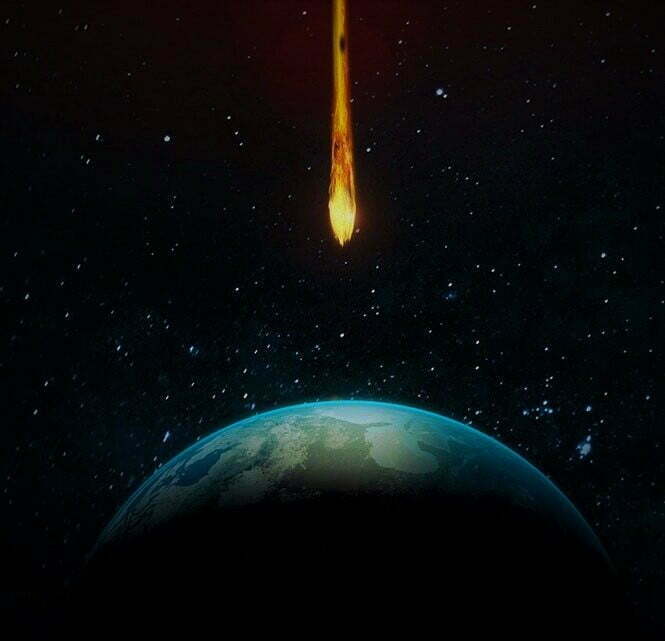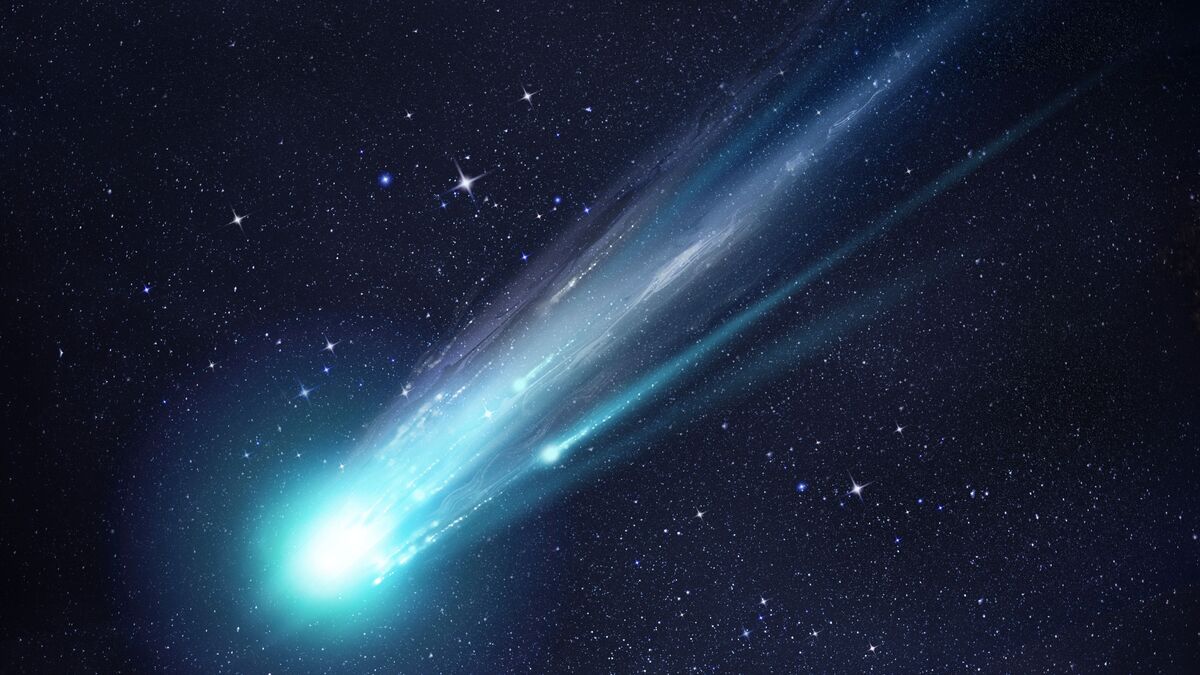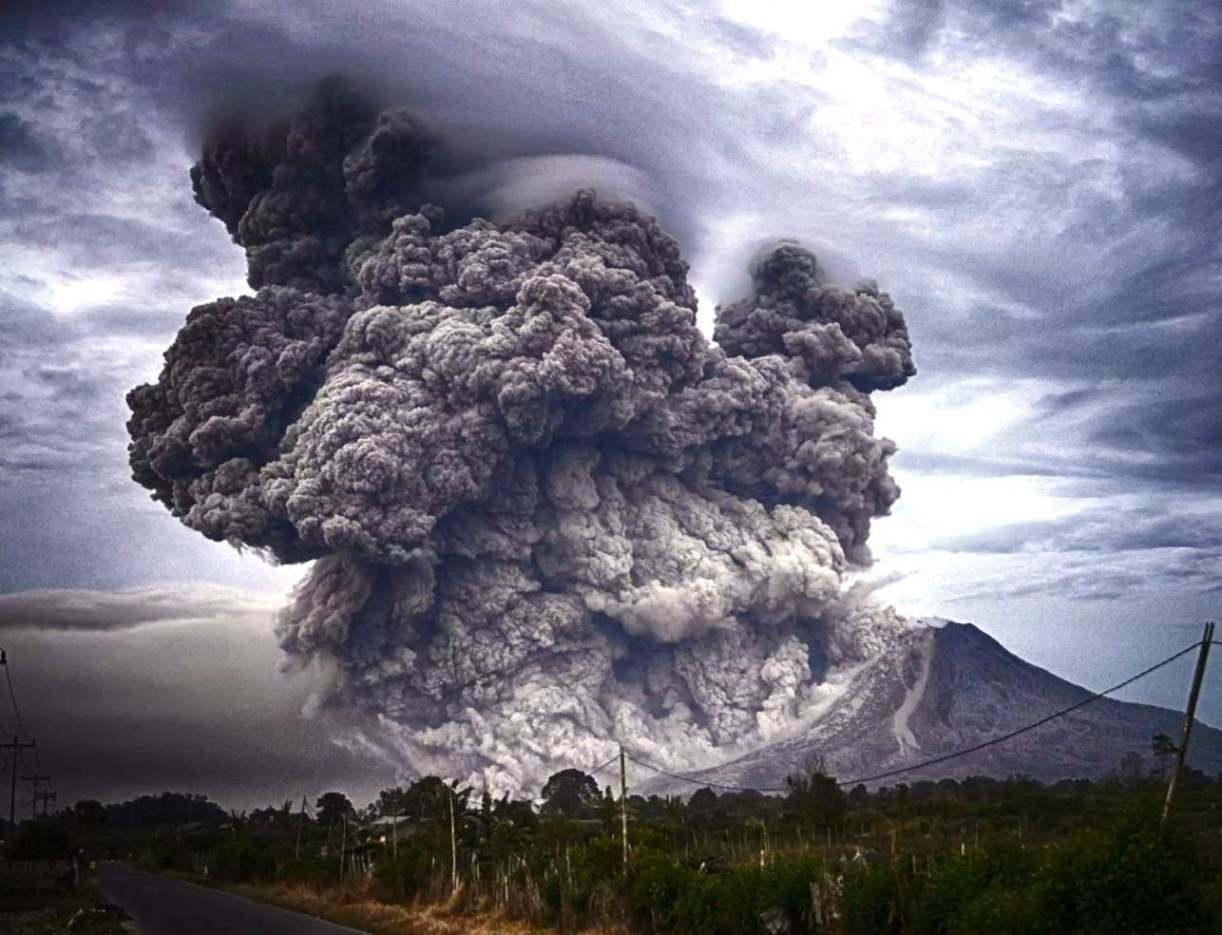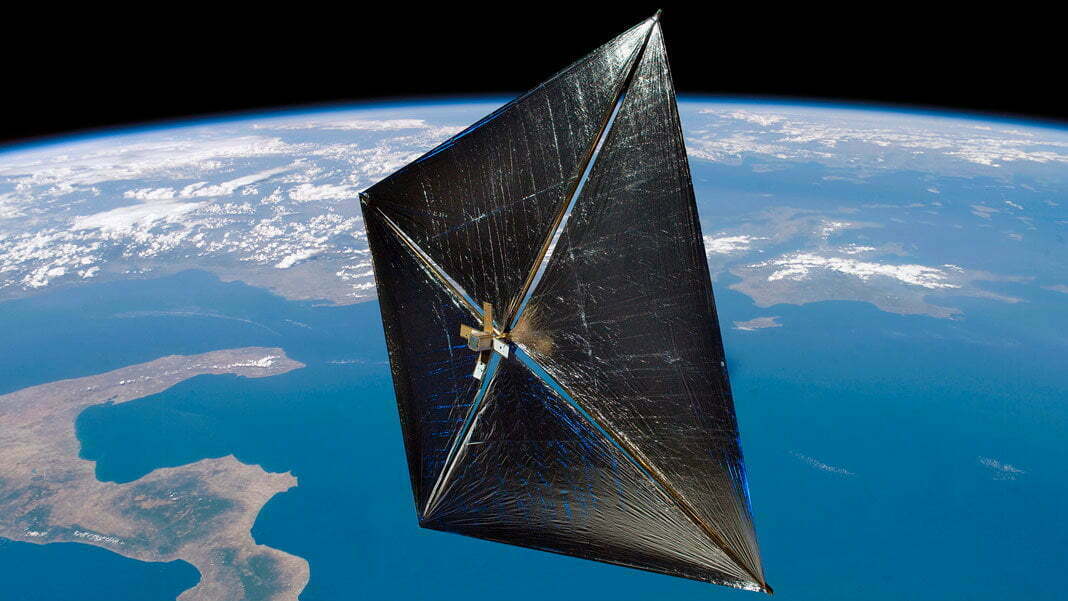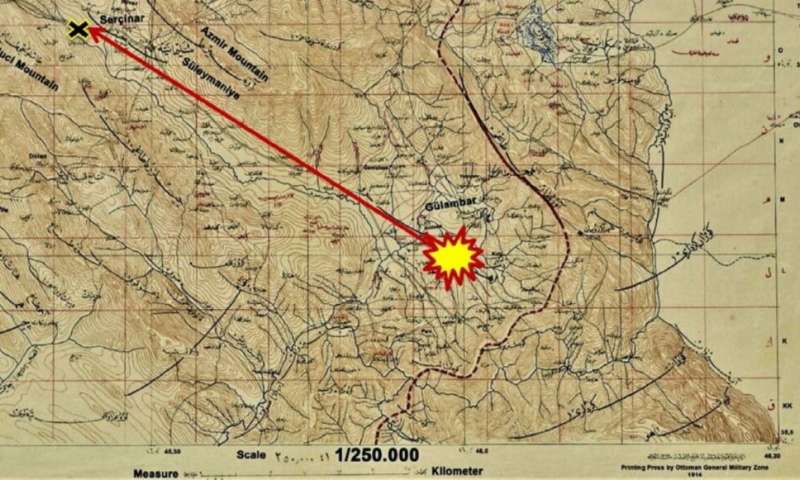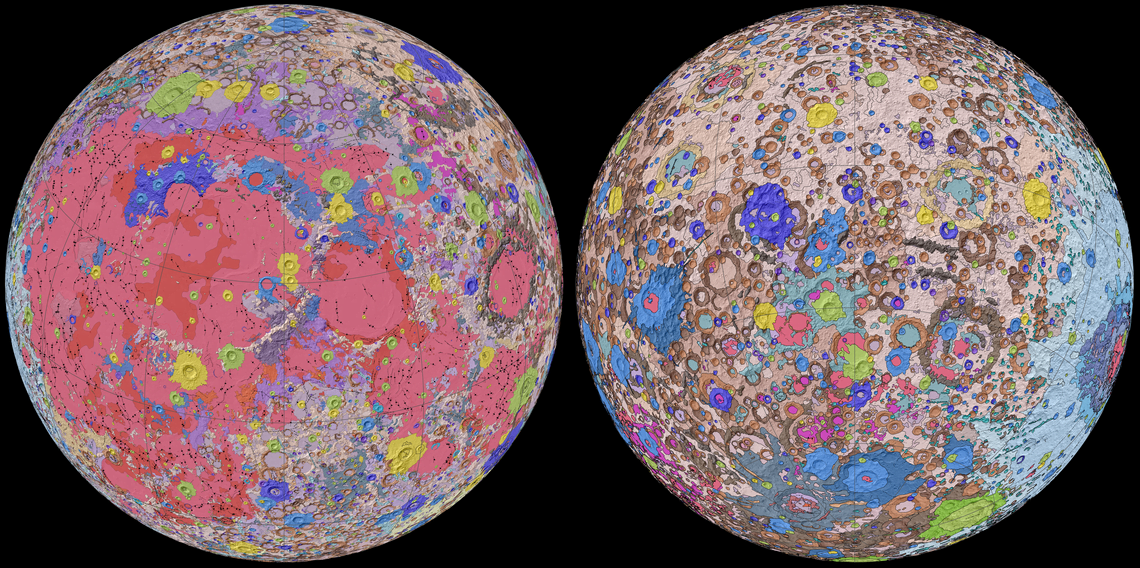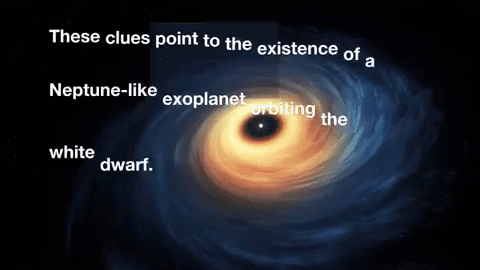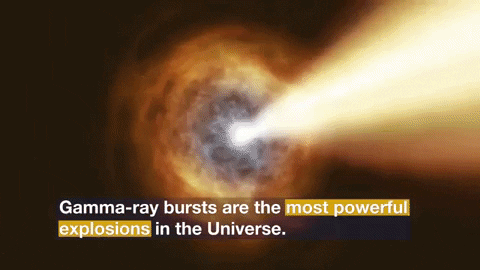ASTEROID 16 PSYCHE MIGHT NOT BE WHAT SCIENTISTS EXPECTED
The widely studied metallic asteroid known as 16 Psyche was long thought to be the exposed iron core of a small planet that failed to form during the solar system’s earliest days. But new University of Arizona-led research suggests that the asteroid might not be as metallic or dense as once thought and hints at … Read more
